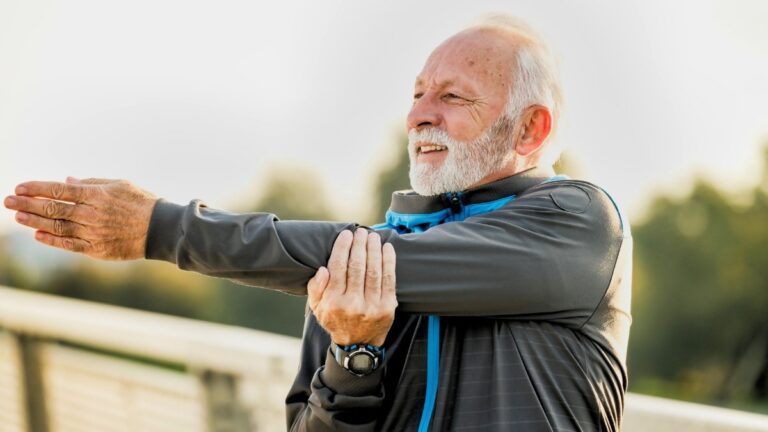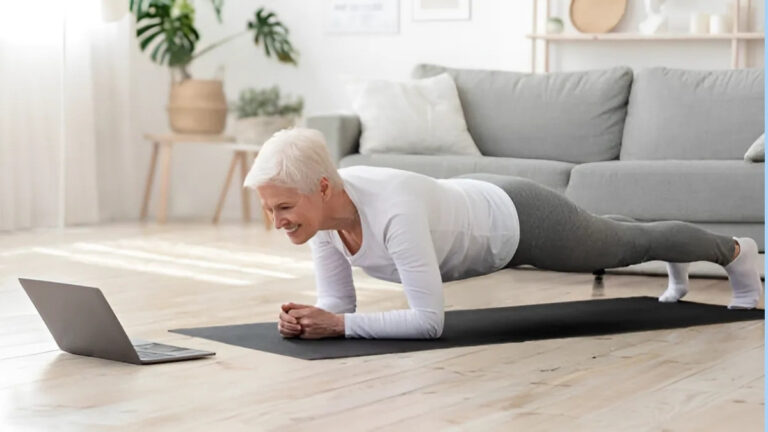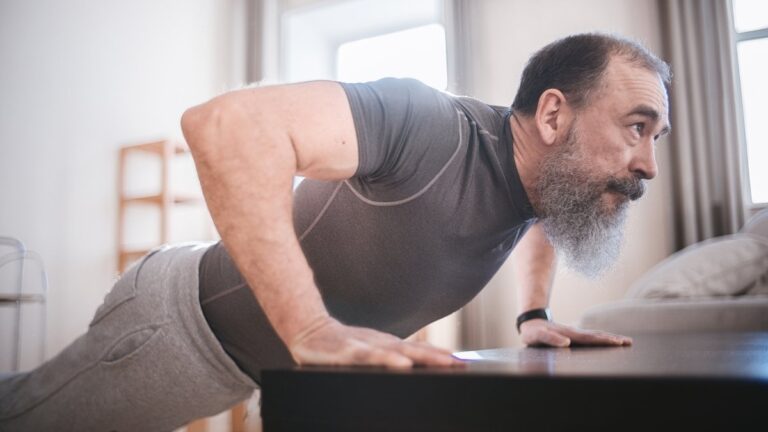Ice Baths Are DEAD: Try This 10-Minute Recovery Trick for Ripped Muscles

Tired of shivering through icy cold baths, hoping for faster muscle recovery? Well, there’s a game-changing alternative that’s gaining serious traction in the fitness world. Say goodbye to the discomfort of ice baths and hello to a quick, 10-minute recovery trick that delivers faster results without the freeze.
Research is revealing that ice baths may not be as effective as we once thought. Instead of reducing muscle soreness and inflammation, they could actually slow down muscle repair. So, what’s the new solution? A simple, efficient recovery method that combines stretching, light movement, and breathing exercises to get your muscles back to peak performance.
This 10-minute routine is easy to incorporate into your post-workout regimen and can be done anywhere. With scientifically-backed benefits and no special equipment needed, it’s time to ditch the ice and recover smarter. Ready to take your muscle recovery to the next level? Let’s dive in!
1. The Decline of Ice Baths
Traditional ice baths have long been considered a cornerstone of muscle recovery, as they were thought to reduce muscle soreness and inflammation by constricting blood vessels and numbing nerve endings. However, recent studies suggest that ice baths might not be as effective as previously believed.

Research has shown that while ice baths may temporarily reduce swelling and muscle soreness, they can also delay muscle repair by restricting blood flow to the muscles. Over time, this can hinder long-term recovery, leading to weaker muscles and prolonged soreness. This shift in understanding has led many athletes and fitness experts to seek alternative recovery methods.
Tips:
- Avoid using ice baths too frequently to allow for proper muscle recovery.
- Consider alternative recovery methods like active recovery, which can promote better muscle repair.
- Use ice baths sparingly, focusing on specific instances of extreme inflammation or injury.
2. Alternative Recovery Methods
As the limitations of ice baths have become clear, new recovery methods are gaining traction. Techniques like contrast therapy, where hot and cold treatments are alternated, help to stimulate blood circulation and reduce muscle tightness. Infrared saunas have also become popular due to their ability to increase blood flow and promote muscle relaxation through heat.

Additionally, active recovery, which involves low-intensity movement like walking or light cycling, helps to keep the muscles engaged while promoting the removal of waste products like lactic acid. These alternative methods are more effective in promoting long-term muscle health and recovery.
Tips:
- Experiment with contrast therapy to improve circulation.
- Use infrared saunas to aid in relaxation and muscle recovery.
- Incorporate active recovery sessions post-workout to keep muscles engaged.
3. 10-Minute Recovery Trick
A new trend in muscle recovery has emerged, focusing on a simple and effective 10-minute routine designed to accelerate recovery. This method involves a combination of light stretching, gentle movements, and deep breathing exercises that target muscle relaxation and circulation.
The 10-minute recovery trick works by activating the body’s natural recovery processes, encouraging blood flow to the muscles and speeding up healing. This quick recovery method is convenient, easy to perform, and requires no special equipment, making it accessible for anyone.
Tips:
- Dedicate at least 10 minutes after workouts to this recovery routine.
- Focus on slow, controlled movements to maximize the effectiveness.
- Try to incorporate breathing exercises to further reduce muscle tension.
4. Muscle Oxygenation
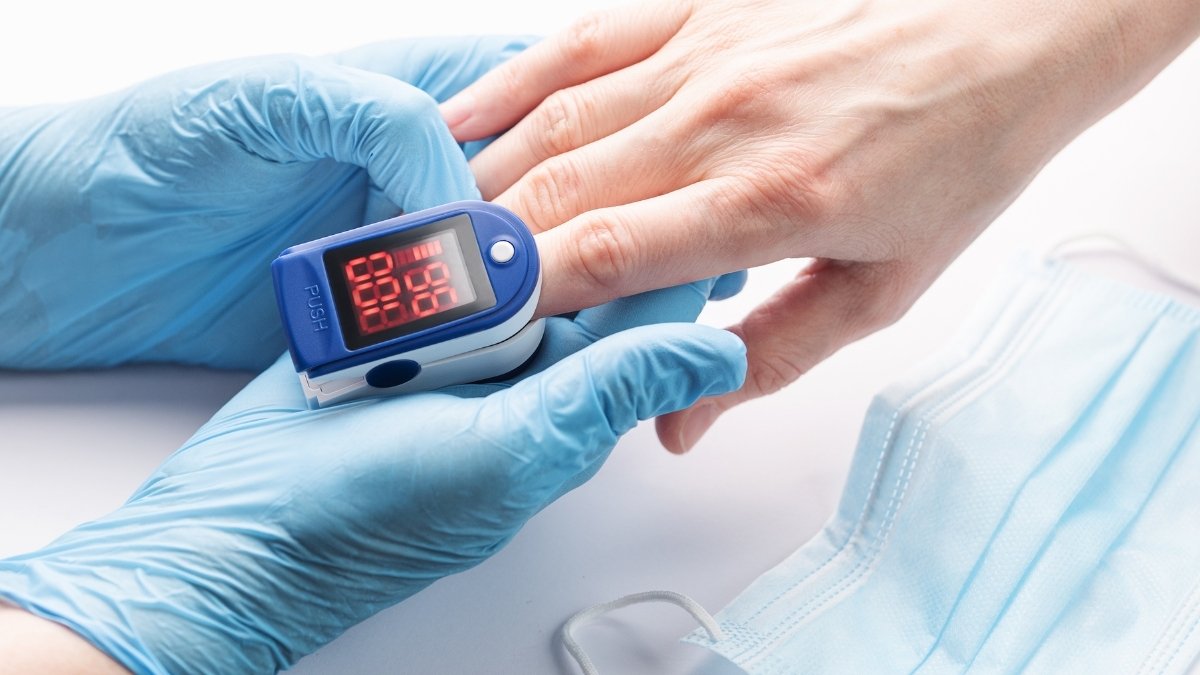
One of the core benefits of the 10-minute recovery trick is its ability to increase oxygen delivery to the muscles. Oxygen plays a crucial role in muscle repair and energy production. The recovery trick emphasizes breathing techniques and gentle stretching to stimulate circulation and improve oxygen flow throughout the body.
Unlike ice baths, which limit oxygen supply to the muscles by constricting blood vessels, this technique encourages the delivery of nutrients to repair damaged tissues, making it a more efficient and effective option for muscle recovery.
Tips:
- Focus on deep, diaphragmatic breathing to improve oxygen delivery.
- Include dynamic stretching to promote circulation in targeted muscle groups.
- Stay consistent with your recovery routine to optimize oxygenation over time.
5. Reduced Inflammation
The 10-minute recovery trick helps to reduce inflammation in the muscles without the shock of an ice bath. When muscles are worked intensely, microtears occur, leading to inflammation and stiffness. Unlike ice baths that numb the muscles and constrict blood vessels.

The recovery trick promotes the natural healing process by encouraging blood flow, which helps to reduce swelling and muscle tightness. This active recovery method ensures that inflammation is kept under control while maintaining a steady flow of oxygen and nutrients to the muscles.
Tips:
- Use the 10-minute recovery trick consistently to manage inflammation.
- Combine light movement with stretching to target specific areas of inflammation.
- Avoid overly intense stretching or movement that may exacerbate inflammation.
6. Faster Recovery Time
Unlike the 20-30 minutes required for an ice bath, the 10-minute recovery trick allows athletes and fitness enthusiasts to recover in a fraction of the time. With busy schedules and the need for quick recovery between workouts, this method offers a time-efficient solution.
The combination of stretching, breathing, and movement speeds up the removal of metabolic waste products like lactic acid from the muscles, while simultaneously encouraging the delivery of fresh oxygen and nutrients. This makes the recovery process quicker, allowing for more effective training and less downtime.
Tips:
- Set aside 10 minutes after each workout to engage in recovery techniques.
- Use this quick recovery method if you have limited time between training sessions.
- Incorporate it as part of your daily routine for improved overall recovery.
7. Muscle Building
Ten-minute recovery tricks are active recovery methods, not only helps muscles recover but also supports muscle building. While ice baths constrict blood vessels and limit muscle growth by reducing blood flow, active recovery promotes the opposite by encouraging nutrient delivery to the muscles.

This consistent circulation enhances the muscle repair process, helping muscle fibers rebuild and grow stronger. Additionally, because active recovery avoids the potential setbacks of ice baths, it encourages consistent, long-term progress in muscle development.
Tips:
- Pair active recovery with proper nutrition to support muscle growth.
- Focus on light exercises that engage the muscle groups you’ve worked.
- Incorporate protein and hydration into your post-recovery routine to aid muscle repair.
8. Mental Benefits
In addition to physical benefits, the 10-minute recovery trick has mental benefits as well. Intense workouts can lead to not only physical fatigue but also mental exhaustion. Incorporating breathing exercises and gentle movements into the recovery routine helps lower stress levels and promote mental clarity.
The act of focusing on the breath and releasing tension from the body can improve mood and foster a sense of calm, making the recovery process more holistic and beneficial for overall well-being.
Tips:
- Use deep breathing techniques to relax both the body and mind.
- Try mindfulness or meditation while recovering to reduce mental stress.
- Take time to connect with your body during the recovery process for better relaxation.
9. Scientific Backing
Recent studies have found that active recovery, such as light stretching and movement, is more beneficial for muscle recovery than cold water immersion. Research indicates that activities like gentle walking or cycling can help to flush out metabolic waste products like lactic acid from muscles, which reduces soreness and speeds up recovery.
In contrast, ice baths may hinder the natural muscle repair process by restricting blood flow. This scientific evidence suggests that active recovery methods like the 10-minute trick are not only more effective but also safer in the long.
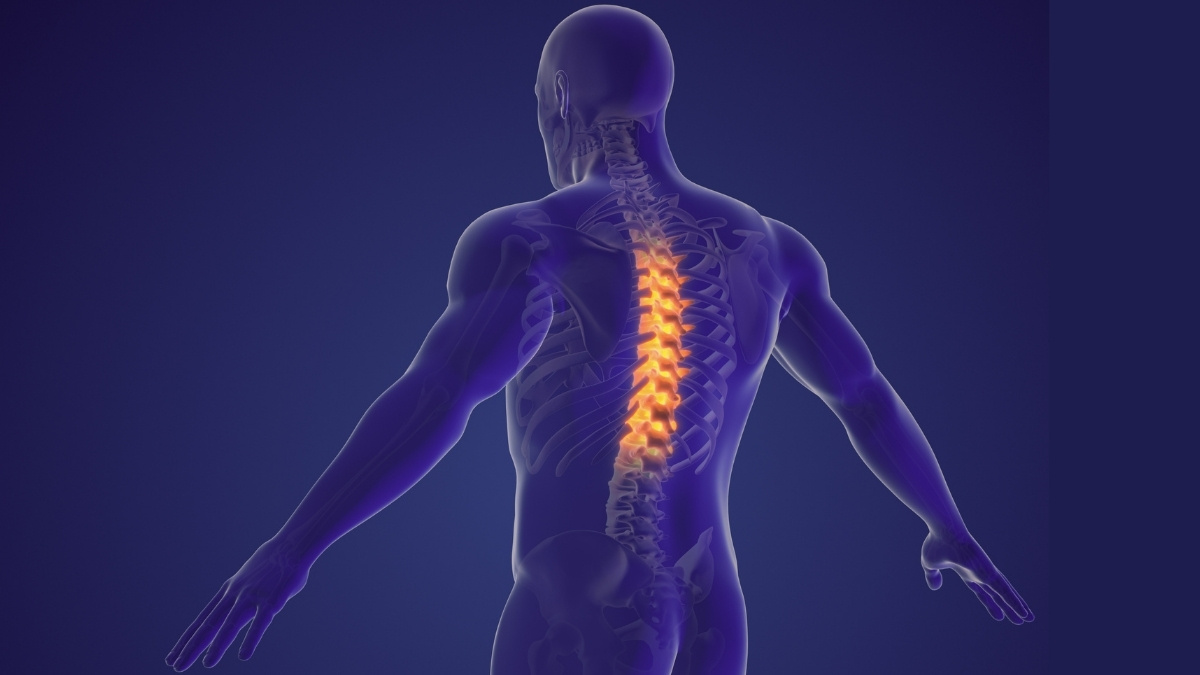
- Stay informed about recent studies on muscle recovery techniques.
- Consider incorporating science-backed recovery practices into your routine.
- Consult with a fitness professional to tailor recovery methods to your needs.
10. Cost and Accessibility
A major advantage of the 10-minute recovery method over ice baths is its affordability and accessibility. Ice baths require access to a cold tub, a substantial amount of ice, and often, a separate space for the procedure. In contrast, the 10-minute recovery trick can be performed anywhere and does not require any special equipment.

This makes it an affordable and highly accessible option for anyone, regardless of location or budget. Whether at home, at the gym, or on the go, this quick and easy recovery trick can be done at any time.
Tips:
- Keep your recovery routine simple and equipment-free for convenience.
- Use a quiet space where you can focus on the recovery process without distractions.
- Take advantage of the method’s flexibility to fit it into your daily schedule.
11. Sustainable Practice
The 10-minute recovery trick is not only effective but also sustainable. Unlike ice baths, which can be uncomfortable and difficult to maintain over time, this recovery method can be easily incorporated into daily routines without adverse effects. It promotes long-term muscle health and recovery without the risk of overusing extreme methods.
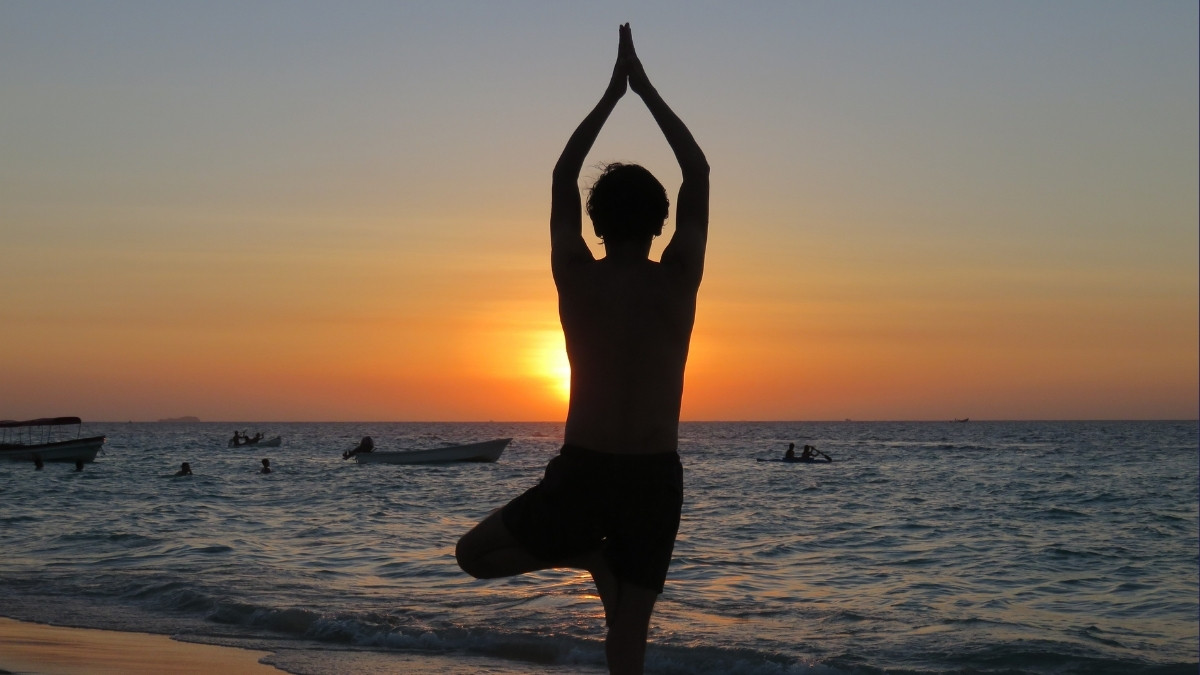
By using a holistic approach that includes gentle movement, breathing, and stretching, this recovery method is more likely to be maintained over the long haul, supporting both physical and mental health in the process.
Tips:
- Make the 10-minute recovery trick a regular part of your post-workout routine.
- Focus on creating a recovery habit that feels good and can be maintained consistently.
- Listen to your body and adjust the recovery method as needed for your personal comfort.
Final Thought:
Ice baths had their moment, but science is shifting gears. If you want faster recovery and stronger muscles, ditch the freezing temps. A smarter, 10-minute trick can boost circulation, ease soreness, and speed up muscle repair without the discomfort. This game-changing method optimizes your body’s natural healing process—no shivering required. Athletes and fitness pros are making the switch, and the results speak for themselves. Recovery isn’t about suffering; it’s about efficiency. Ready to upgrade your post-workout routine? Embrace the future of muscle recovery and feel the difference. Your gains deserve better than ice-cold misery!

